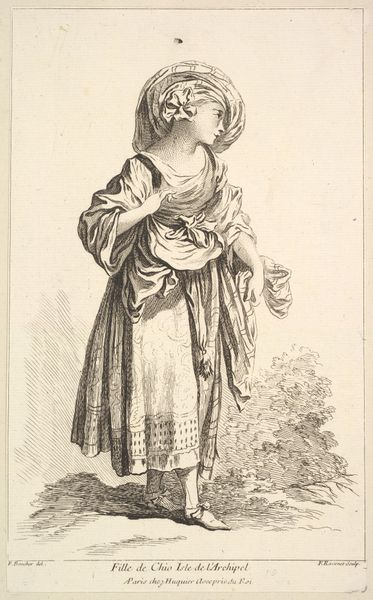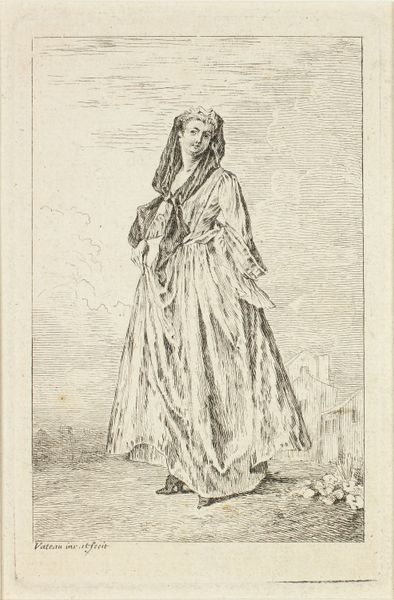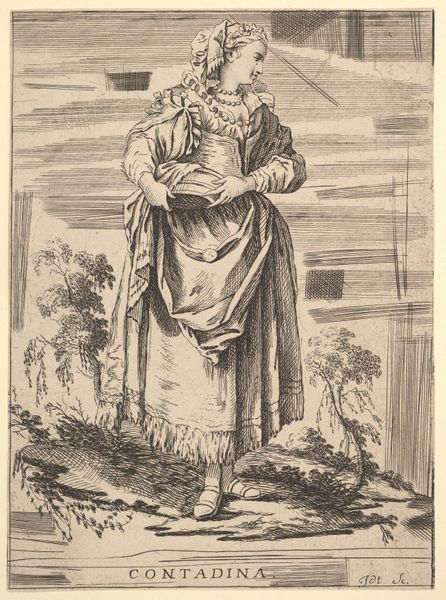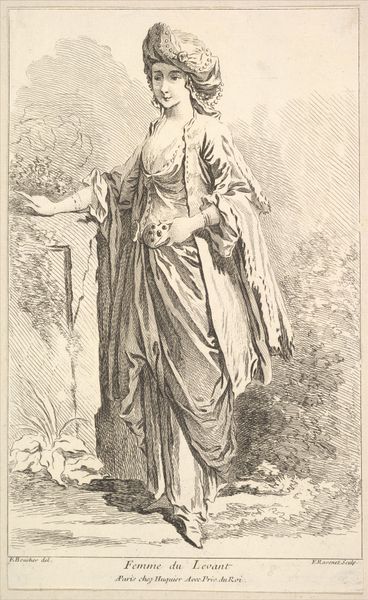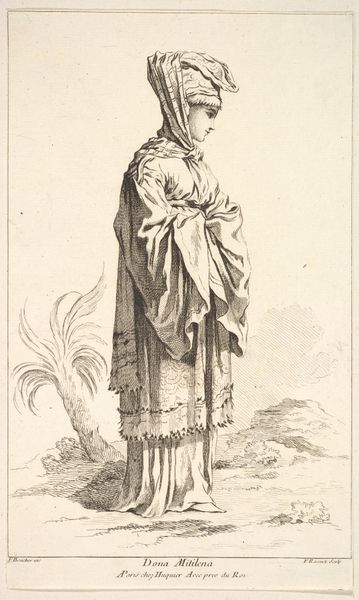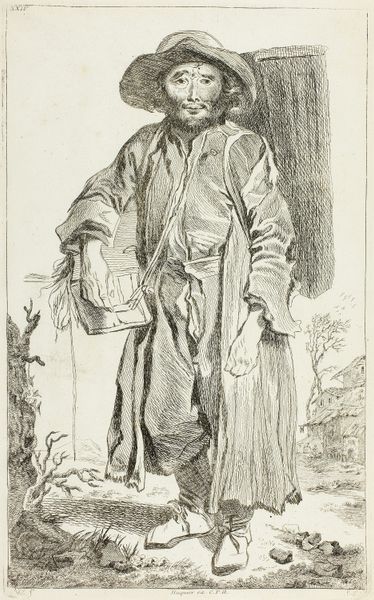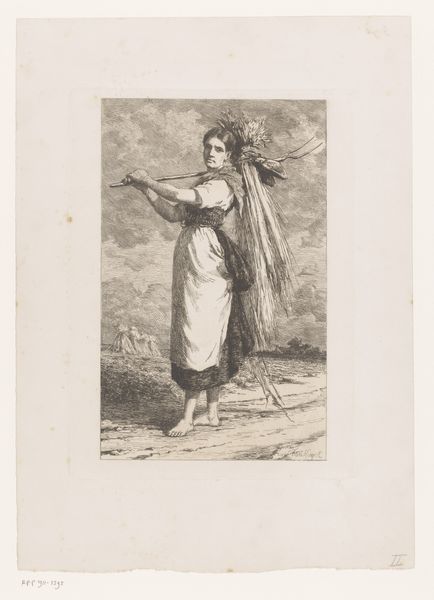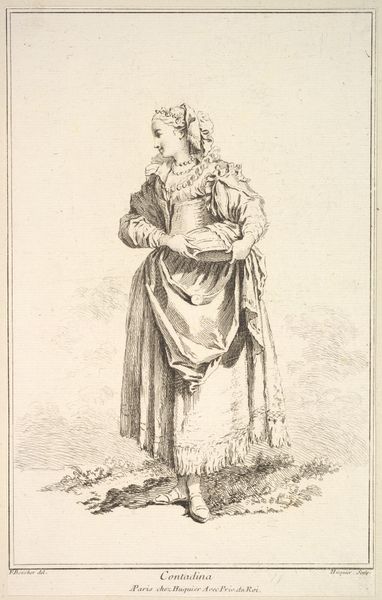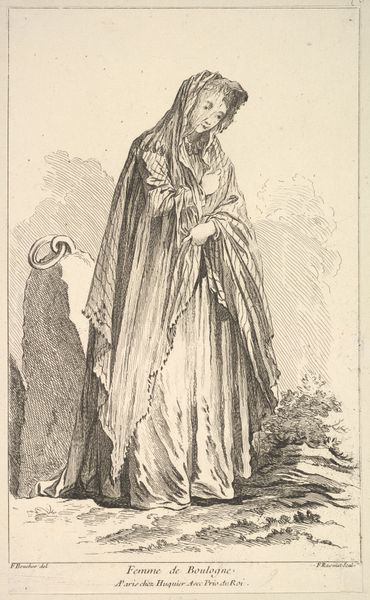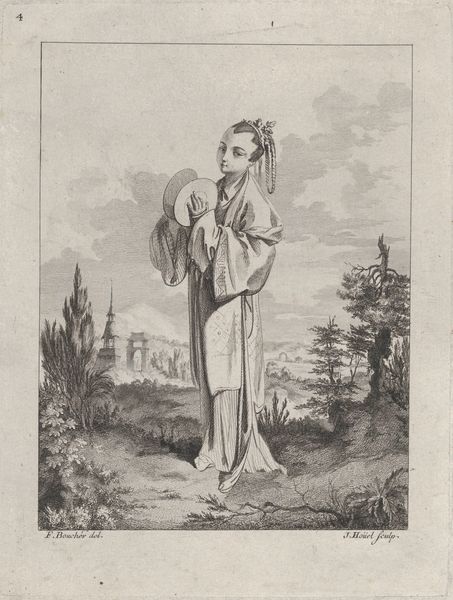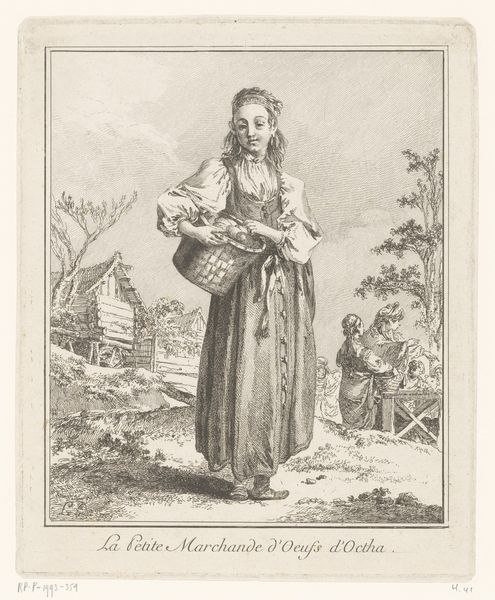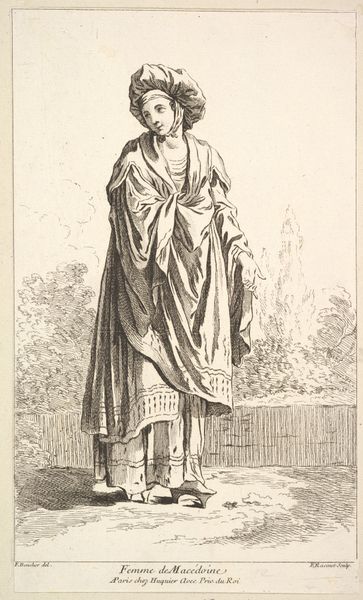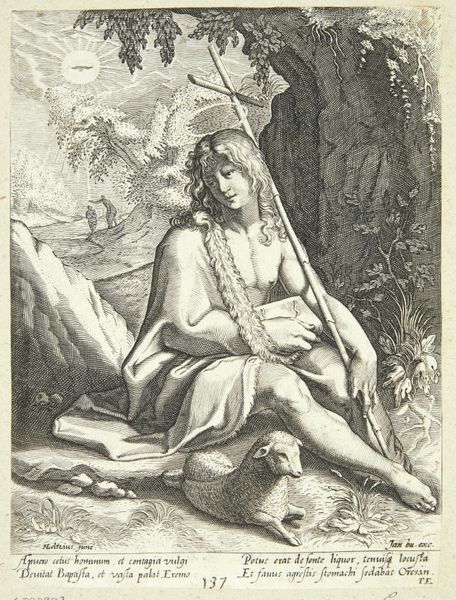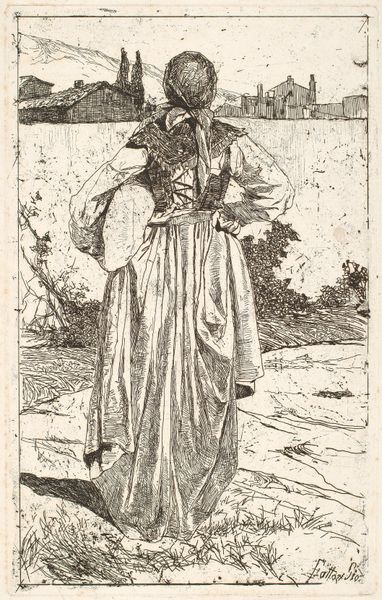![Fille de St. Jean de Patmos, Isle de l'Archipel, from Recueil de diverses fig.res étrangeres Inventées par F. Boucher P.tre du Roy et Gravées par F. Ravenet (Collection of Various Foreign Figures, Devised by F. Boucher, Painter of the King and Engraved [etched] by F. Ravenet), plate 6 by Simon Francis Ravenet, the elder](/_next/image?url=https%3A%2F%2Fd2w8kbdekdi1gv.cloudfront.net%2FeyJidWNrZXQiOiAiYXJ0ZXJhLWltYWdlcy1idWNrZXQiLCAia2V5IjogImFydHdvcmtzL2NhMWI2MzAxLTdiMzItNGY1NC1hN2FmLTg4MTYzZTc1NGE1ZC9jYTFiNjMwMS03YjMyLTRmNTQtYTdhZi04ODE2M2U3NTRhNWRfZnVsbC5qcGciLCAiZWRpdHMiOiB7InJlc2l6ZSI6IHsid2lkdGgiOiAxOTIwLCAiaGVpZ2h0IjogMTkyMCwgImZpdCI6ICJpbnNpZGUifX19&w=3840&q=75)
Fille de St. Jean de Patmos, Isle de l'Archipel, from Recueil de diverses fig.res étrangeres Inventées par F. Boucher P.tre du Roy et Gravées par F. Ravenet (Collection of Various Foreign Figures, Devised by F. Boucher, Painter of the King and Engraved [etched] by F. Ravenet), plate 6 1721 - 1774
0:00
0:00
drawing, print, etching
#
portrait
#
drawing
# print
#
etching
#
genre-painting
#
rococo
Dimensions: Sheet: 10 7/16 x 6 5/16 in. (26.5 x 16 cm)
Copyright: Public Domain
Curator: Look at this etching, "Fille de St. Jean de Patmos, Isle de l'Archipel" made between 1721 and 1774. It’s from a series by François Boucher, engraved by Simon Francis Ravenet the Elder, now housed at the Met. What's your immediate response? Editor: An exotic idealization! I'm struck by the figure's delicate rendering. The woman, seemingly of Greek origin if we trust the title, has an elaborate fur stole or trim. The scene suggests both wealth and romantic notions of faraway places that were fashionable at the time. Curator: Precisely! This work encapsulates Rococo's fascination with the exotic "other". It raises questions about Orientalism and representation. How did 18th-century European artists depict and interpret non-European cultures? Were they offering an accurate portrayal, or indulging in fantasy? And what purpose did those fantasies serve back home in France? Editor: That’s an excellent entry point into thinking about colonial narratives and the construction of identity through art. The print emphasizes certain visual markers, like her head covering, positioning her outside of the typical European aesthetic of the time. The "foreignness" is clearly part of its appeal. I mean, even the plants are vaguely "exotic". How does that context influence our understanding of the work today? Is this cultural appreciation or appropriation? Curator: It forces us to look at how social power shapes what is seen, who is seen, and how they’re portrayed. "Fille de St. Jean de Patmos" presents a complex interplay of representation, gender, and power dynamics within its historical context, urging a conversation about these issues as they continue to be relevant. And what can we learn from a genre painting that arguably reinforces a narrative that elevates the dominant culture? Editor: Exactly, these works served to reinforce existing power structures while supposedly just offering scenes from daily life. Seeing her presented this way invites an examination of how dominant groups perceive, represent, and essentially 'package' marginalized communities. Thanks, the layers you brought forth made that far more challenging than I originally saw. Curator: It's a continuous critical evaluation that keeps this art relevant. It also offers critical entry points that can make art accessible and useful for broader audiences in contemporary contexts.
Comments
No comments
Be the first to comment and join the conversation on the ultimate creative platform.
